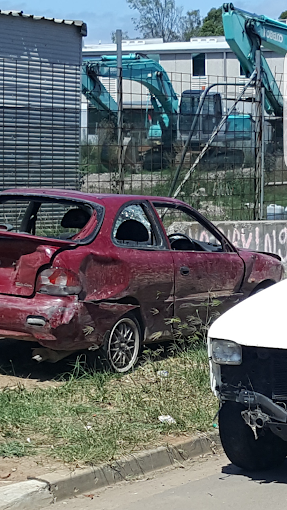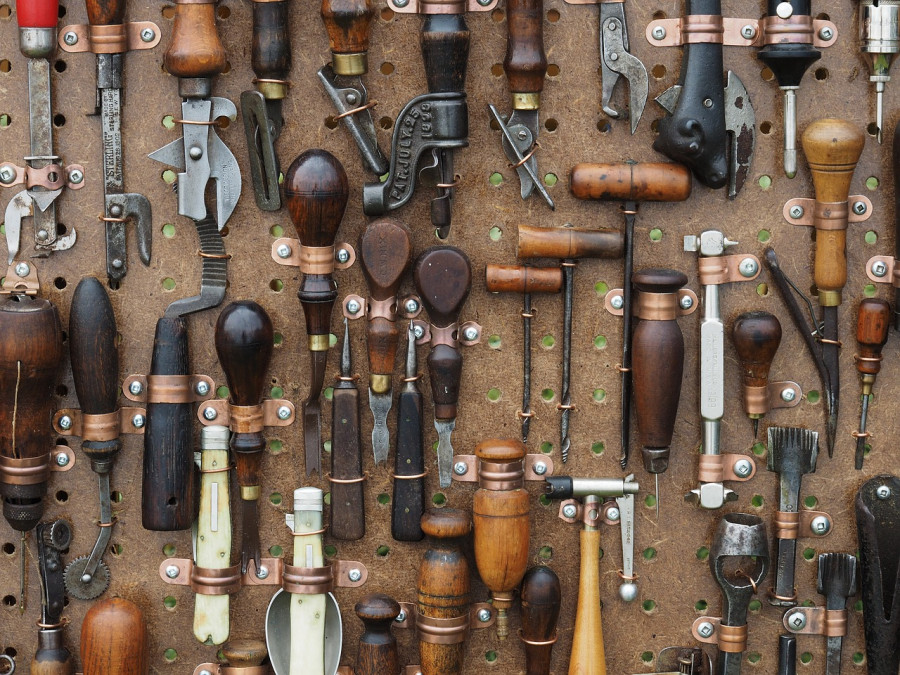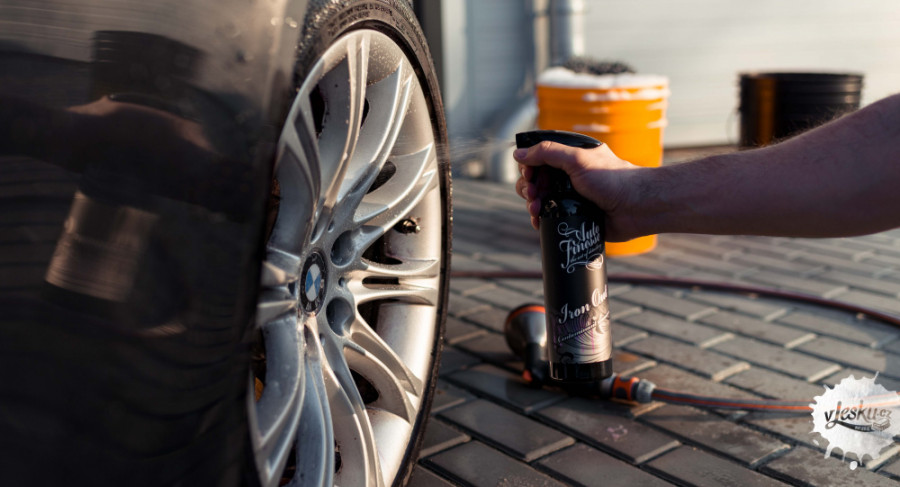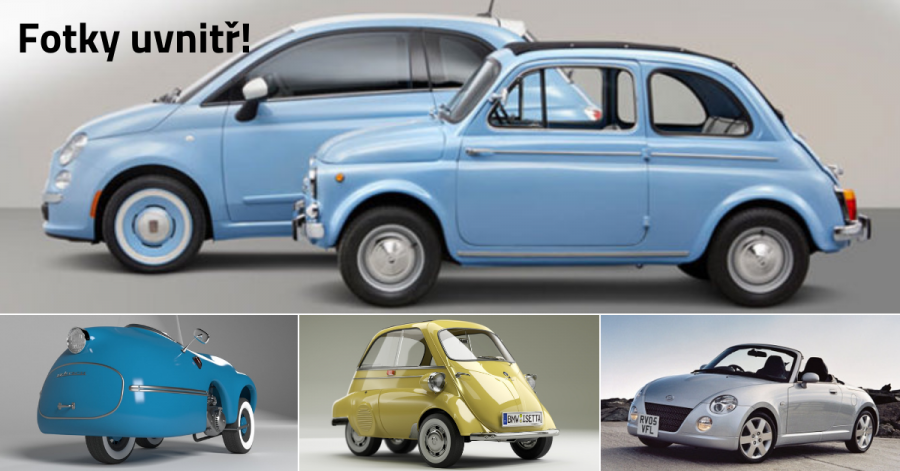What Happens to Your Car After It is Sold for Scrap?
Přidal freyaparker, dne 11. 01. 2025, 0x

When a car reaches the end of its useful life, many owners opt to sell it for scrap. This process, often facilitated through services like cash for scrap cars Sydney, ensures that old vehicles are responsibly disposed of while providing owners with some financial compensation. But what exactly happens to your car after it is sold for scrap? The journey of a scrap car involves several stages, each crucial for environmental sustainability and resource recovery.
Initial Assessment and Disassembly
Once a car is sold for scrap, it undergoes an initial assessment to determine its condition and the potential value of its parts. This assessment is crucial as it helps scrap yards decide whether the car can be refurbished or if it should be completely dismantled. During this phase, any hazardous materials, such as batteries, fuel, and coolants, are carefully removed to prevent environmental contamination.
The disassembly process begins with the removal of valuable components like the engine, transmission, and other mechanical parts. These parts are often cleaned, tested, and cataloged for potential resale or reuse. The interior is also stripped, with seats, dashboards, and other components removed. This meticulous disassembly ensures that as many parts as possible are recycled or repurposed, reducing the amount of waste that ends up in landfills.
Recycling of Materials
After the car is dismantled, the various materials are sorted and sent to different recycling facilities. Metals, which make up a significant portion of a car's weight, are particularly valuable. Steel, aluminum, and other metals are separated, shredded, and melted down to be used in the production of new vehicles or other metal products. This recycling process not only conserves natural resources but also reduces the energy required to produce new metals from raw materials.
Plastics, which are increasingly used in modern cars, are also recycled. Dashboard components, bumpers, and other plastic parts are shredded and processed into pellets that can be used to manufacture new plastic products. Glass from windows and windshields is crushed and recycled into new glass products or used as a component in construction materials. Visit us for car wrecker service : https://ipickyourcar.com.au/car-wrecking/
Handling of Hazardous Materials
One of the most critical aspects of car recycling is the safe handling of hazardous materials. Batteries, which contain lead and acid, are sent to specialized facilities for recycling. The lead is extracted and reused in new batteries, while the acid is neutralized and safely disposed of. Tires, which are not biodegradable, are shredded and used in various applications, such as road construction, playground surfaces, and even as fuel in cement kilns.
Fluids like engine oil, brake fluid, and coolants are drained and collected for recycling or safe disposal. These fluids can be re-refined into new lubricants or used as fuel in industrial processes. Proper handling of these hazardous materials is essential to prevent soil and water contamination, ensuring that the recycling process is environmentally friendly.
The Environmental Impact
The recycling of scrap cars has a significant positive impact on the environment. By reusing materials from old cars, the demand for new raw materials is reduced, which in turn decreases the need for mining and other resource-intensive activities. Recycling also conserves energy, as producing new materials from recycled ones typically requires less energy than extracting and processing raw materials.
Moreover, responsible recycling practices help to minimize waste and reduce the amount of material that ends up in landfills. This is particularly important given the increasing volume of end-of-life vehicles and the limited space available for waste disposal.
The Economic Benefits
Beyond the environmental advantages, the scrap car industry also provides economic benefits. The recycling process creates jobs in dismantling, sorting, and processing facilities. Additionally, the sale of recycled materials and refurbished parts generates revenue, contributing to the economy. For car owners, selling a scrap car can provide a financial incentive, making it a win-win situation for both the environment and the individual.
Innovations in Car Recycling
The car recycling industry is continuously evolving, with new technologies and practices being developed to improve efficiency and sustainability. For example, advanced shredding and sorting technologies are being used to more effectively separate and recover materials. Research is also being conducted into new methods for recycling complex materials, such as composites and electronic components, which are becoming more common in modern vehicles.
Conclusion
Selling a car for scrap is more than just a way to get rid of an old vehicle; it is a crucial step in the lifecycle of a car that ensures its materials are responsibly recycled and reused. From the initial assessment and disassembly to the recycling of metals, plastics, and hazardous materials, each stage of the process plays a vital role in environmental sustainability and resource conservation. By understanding what happens to your car after it is sold for scrap, you can appreciate the broader impact of this industry on both the environment and the economy.










Komentáře:
Nenacházejí se zatím žádné relace v databázi.